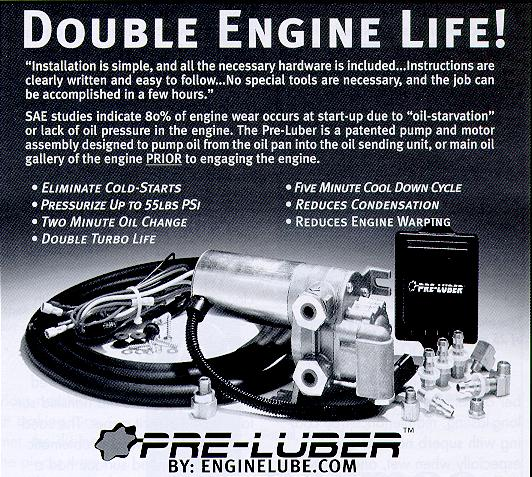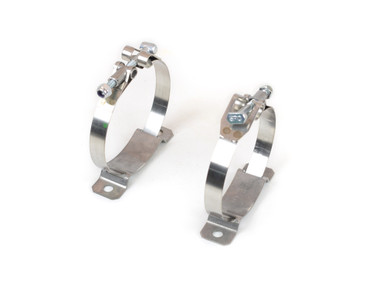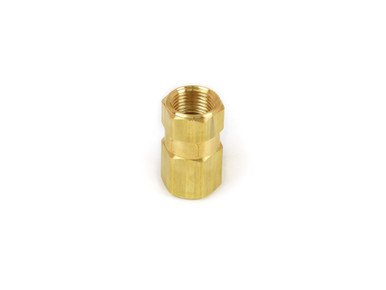Will L.
Well-Known Member
I am planning a pre oiler to eliminate no oil pressure start up. It is long reported this is when most engine bearing wear occurs.
Please post any knowledge, theories, concearns, etc.
I have worked on rigs with them, have friends that have them, installed a few on fleet trucks, but I never bought/ made one myself.
What is it?
Basically a tank that holds “X” amount of oil in it, has a charge of pressurized air in it. Then an electric solenoid that you wire to a switch you turn on before starting. Hit the switch, solenoid opens allowing the pressurized air to push oil into the jotnals and giving you oil pressure befpre cranking the engine to start.
When you start the engine, the normal oil pump builds pressure and pushes “X” amount of oil back into the canister at that same pressure. Now you turn off the solenoid, your engine is at it’s notmal oil
Level and drive normally.
Because the oil pump has refilled and recharged the canister with oil at pressure, it is ready to go the next time.
The electric solenoid gets option replaced with a simple ball valve but you have to open hood every start up, or rig up a choke cable to operate the ball valve every start up.
Please post any knowledge, theories, concearns, etc.
I have worked on rigs with them, have friends that have them, installed a few on fleet trucks, but I never bought/ made one myself.
What is it?
Basically a tank that holds “X” amount of oil in it, has a charge of pressurized air in it. Then an electric solenoid that you wire to a switch you turn on before starting. Hit the switch, solenoid opens allowing the pressurized air to push oil into the jotnals and giving you oil pressure befpre cranking the engine to start.
When you start the engine, the normal oil pump builds pressure and pushes “X” amount of oil back into the canister at that same pressure. Now you turn off the solenoid, your engine is at it’s notmal oil
Level and drive normally.
Because the oil pump has refilled and recharged the canister with oil at pressure, it is ready to go the next time.
The electric solenoid gets option replaced with a simple ball valve but you have to open hood every start up, or rig up a choke cable to operate the ball valve every start up.





